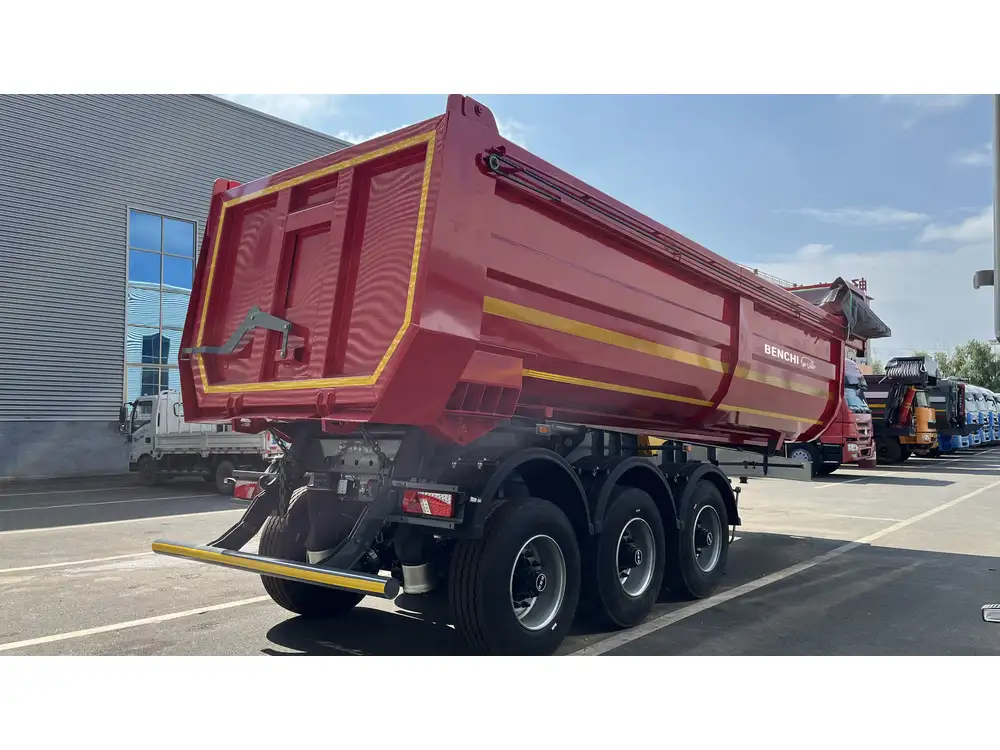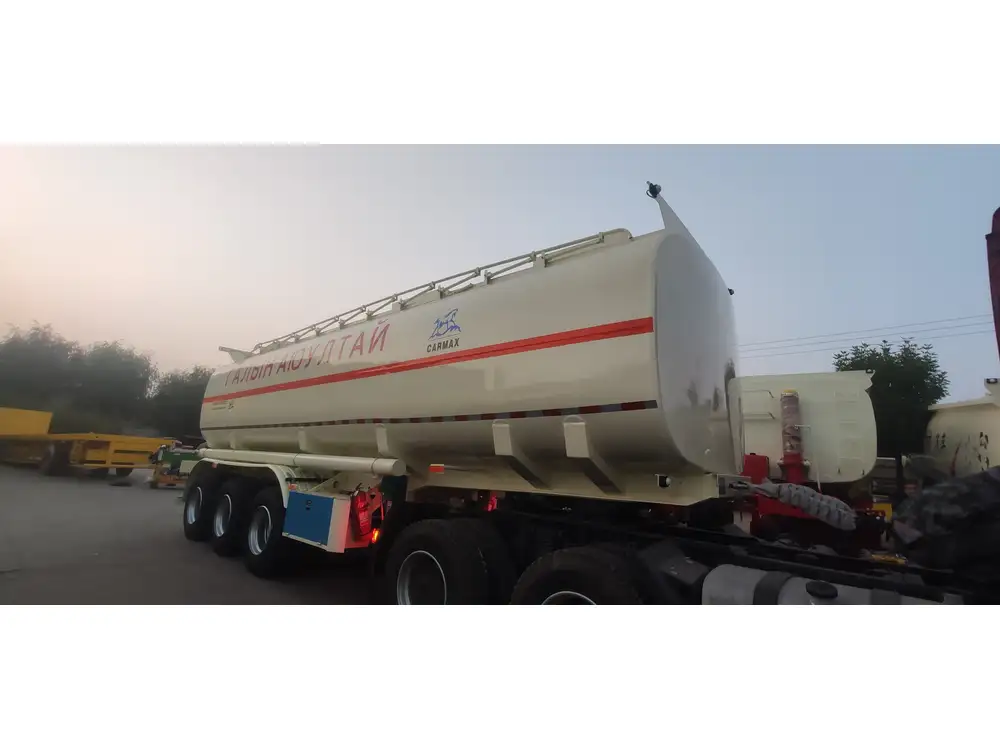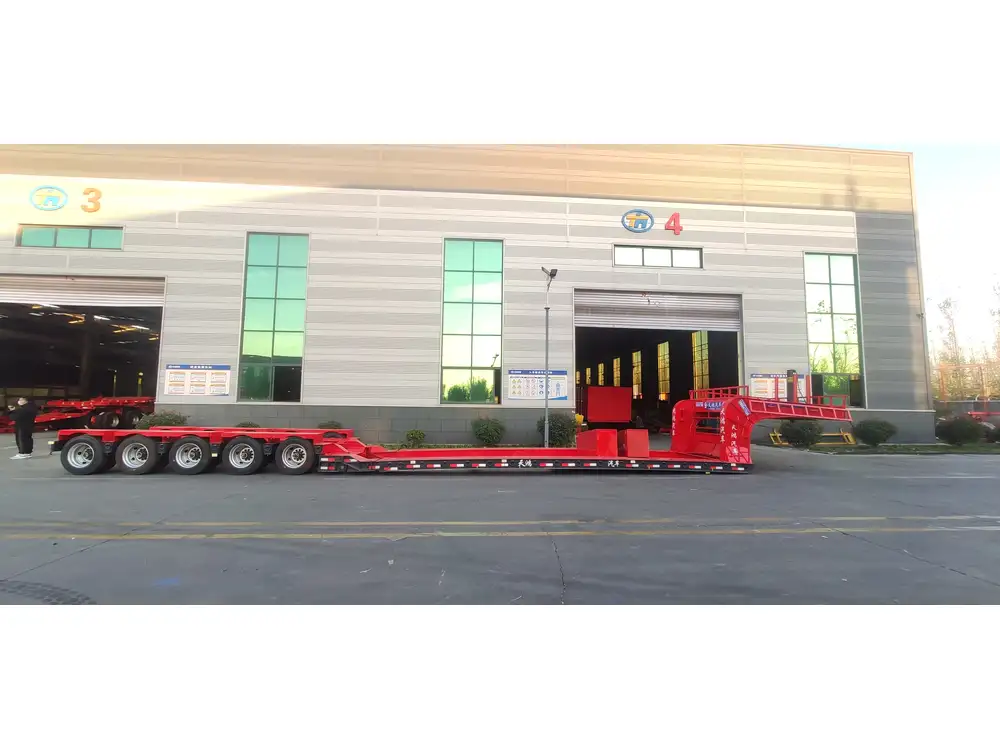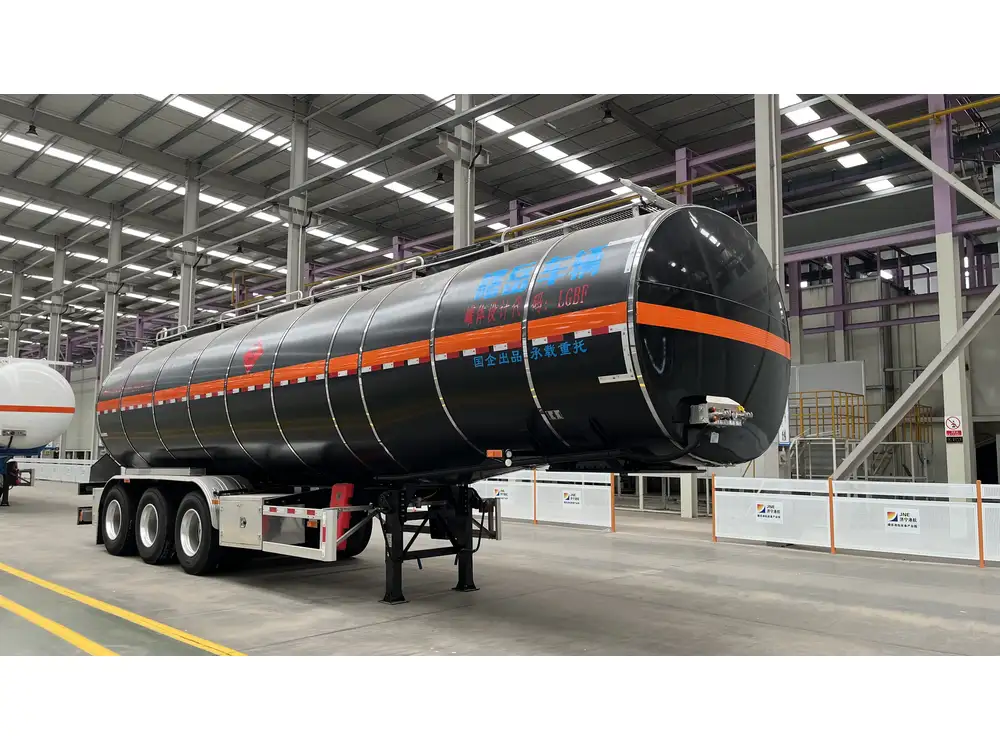Sanitizing the water tank in your semi-trailer is crucial for ensuring safe drinking water while on the road. Over time, sediments, bacteria, and other harmful pathogens can contaminate the water supply, posing health risks. This in-depth guide will provide you with the steps necessary to effectively sanitize your trailer water tank, helping you maintain clean and potable water.
Understanding the Importance of Water Tank Sanitation
Maintaining a clean water source is essential for several reasons:
- Health Risks: Contaminated water can lead to gastrointestinal issues, leading to significant health problems.
- Bacterial Growth: Stagnant water in a tank can become a breeding ground for bacteria, algae, and mold.
- Removal of Sediments: Over time, mineral deposits and dirt can accumulate, affecting water quality and taste.
When Should You Sanitize Your Trailer Water Tank?
Regular maintenance is key. Here’s a quick checklist to help determine when to sanitize:
| Event | Frequency |
|---|---|
| First use of the season | Annually |
| After long periods of inactivity | Before use |
| Changes in water quality or taste | As needed |
| After repairs or new installations | Immediately |

Required Tools and Materials for Sanitization
Before starting, gather the following tools and materials to ensure a smooth process:
- Non-toxic cleaning solution (such as bleach or an alternative sanitizer)
- Water hose with a spray nozzle
- Bucket
- Measuring cup
- Soft brush or sponge
- Protective gloves
- Clean cloths
- Funnel (optional, for ease of filling)
Step-by-Step Guide to Sanitizing Your Trailer Water Tank
Step 1: Drain the Tank
Before applying any cleaning solution, it’s crucial to completely drain the existing water from the tank. Follow these steps:
- Locate the drain valve at the bottom of your tank.
- Open the drain valve and allow all water to flow out.
- If possible, use a hose to flush out any remaining water, ensuring thorough drainage.

Step 2: Clean the Interior Surfaces
After draining, it’s time to scrub the tank’s interior:
Prepare Cleaning Solution: Mix a solution of 1 cup of non-toxic bleach with 5 to 6 gallons of water, or follow the instructions on your chosen sanitizer.
Scrub the Tank:
- Using a soft brush or sponge, apply the cleaning solution to all interior surfaces. Emphasize corners and hard-to-reach areas.
- Ensure every inch of the interior is scrubbed, including the walls and bottom.
Soak Time: Let the solution sit for at least 10-15 minutes, allowing it to disinfect effectively.
Step 3: Rinse the Tank Thoroughly
Once the soak time is complete, it’s essential to rinse the tank to remove any residues:
- Wash the Tank: Rinse thoroughly with fresh, potable water. You may use a hose to reach into all areas of the tank.
- Check for Odors: After rinsing, a residual bleach smell might persist. If so, drain and rinse again until the smell dissipates.
Step 4: Refill the Tank
Now that the tank is clean and rinsed, it’s time to refill it:
- Use the hose to fill the tank with fresh, potable water.
- Consider adding a small amount of chlorine (around 1/8 teaspoon per gallon of water) to the fresh water for ongoing disinfection.

Step 5: Run Water Through the System
To ensure that the sanitized water reaches all fixtures, run the water through the entire system:
- Open all faucets, showers, and flushing toilets to allow the sanitized water to circulate.
- Monitor for any remaining odors that may indicate insufficient rinsing.
Step 6: Final Rinse and Storage
Once the entire system has been flushed with clean water, complete the process:
- Allow the system to drain completely.
- Store the trailer water tank in a dry environment to prevent microbial growth during periods of non-use.
Additional Tips for Maintenance

Regular Cleaning Schedule
To maintain your tank efficiently, follow a regular cleaning schedule. Here are a few reminders:
- Monthly Check-ups: Inspect your tank monthly while on the road. Ensure that there are no leaks and the tank remains clean.
- Visual Inspections: Regularly visually inspect the quality of the water and the tank’s integrity.
Avoiding Contamination
When using your trailer water tank, consider implementing the following practices:
- Always use food-grade hoses for filling the tank.
- Cover the tank’s openings to prevent debris and contaminants from entering.
- Close the tank’s drain valve securely before traveling to avoid any leaks.
Troubleshooting Common Issues

Residual Odors After Sanitization
If odors remain even after following all steps:
- Double-check Rinsing: Rinse again, ensuring that no cleaning solution is left behind.
- Utilize Vinegar: As an alternative, run a diluted vinegar solution through the system, followed by thorough rinsing.
Cloudy Water After Sanitization
If you notice cloudy water after sanitization:
- Sediment Accumulation: This may indicate previously settled sediments that need additional flushing.
- Extended Rinsing: Continue rinsing the tank until the water is clear.
Conclusion
Sanitizing your trailer water tank is essential for maintaining safe, potable water. By following the outlined steps diligently, you can ensure quality water that supports your health during your travels. Regular maintenance and effective sanitation will help you avoid potential issues, enabling a worry-free experience on the road.

Call to Action
Are you ready to enhance your trailer’s water quality? Start your sanitization process today to ensure safe drinking water, and share this guide with fellow trailer owners to keep their water supplies clean and safe!



